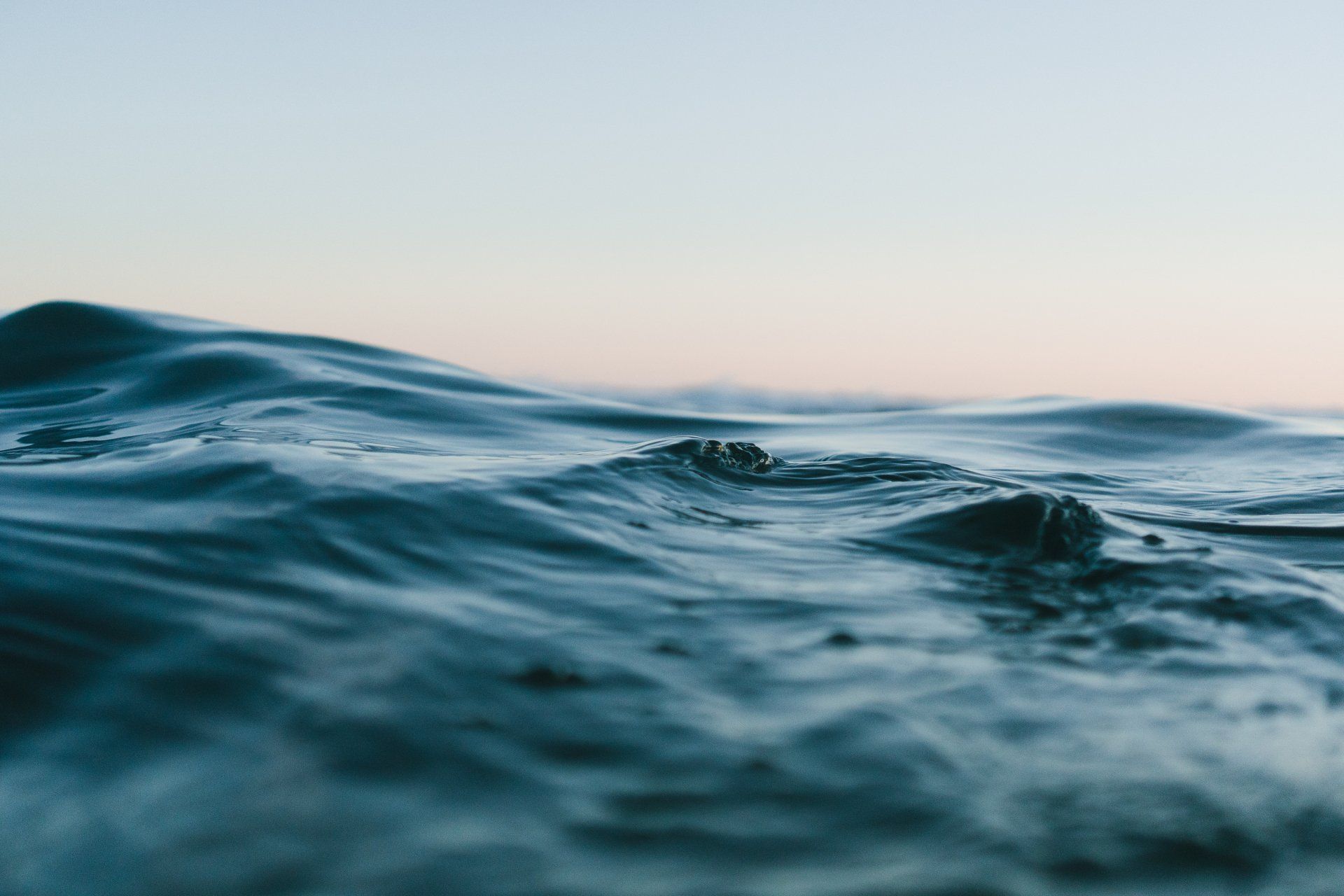Zazen and Limitless Discovery
In Walden, Henry David Thoreau says, “. . .My head is an organ for burrowing,” meaning burrowing “into the secret of things.”[1] A person doing zazen is also a burrower, finding his way into a reality that is continually unfolding. Each session is different. Each yields something deeper.

In the Genjo Koan, Dogen seems to refer to this continually unfolding reality that a practitioner encounters as his “eye of practice” gradually expands. He says,
. . .When you sail out in a boat to the midst of an ocean where no land is in sight, and view the four directions, the ocean looks circular, and does not look any other way. But the ocean is neither round nor square; its features are infinite in variety. It is like a palace. It is like a jewel. It only looks circular as far as you can see at that time.
There is no substance to the idea that in zazen you can reach a certain point and are then finished. To a zazen practitioner, reality or the Buddhadharma, the enlightened world, is limitless. I am put in mind of this when I read in the Genjo Koan, “A fish swims in the ocean, and no matter how far it swims there is no end to the water.” A practitioner is swimming in the water of enlightened reality, in which there is no end. Kosho Uchiyama says, “. . .Although we live in the midst of enlightenment, the little we become aware of in life is just scratching the surface.”[2]
Again in Genjo Koan, Dogen says, “When dharma fills your body and mind, you understand that something is missing.” Enlightened or not, a zazen practitioner navigates in an unknown sea, in which there is always more to discover, but he or she doesn’t know what. He never gets to an end. He is a true explorer.
Footnotes
- Henry David Thoreau, Walden, Boston, 2004, p. 93.
- Kosho Uchiyama, Opening the Hand of Thought, Boston, 2004, p. 20.